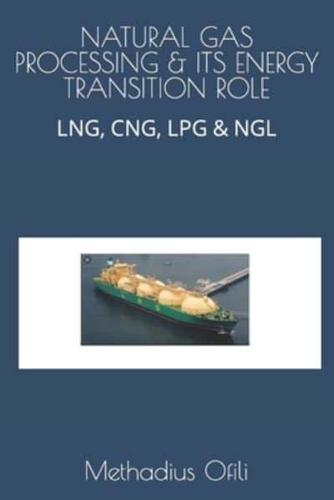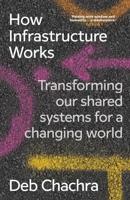Publisher's Synopsis
The climate case for natural gas indicates that in some markets, it can alleviate local air pollution, yet, the green credentials for gas has been more of rationalization than a driver for demand. Gas triumphed in the US, not because it's cleaner than oil and coal, but because it is cheaper, although its well known ability to help lower carbon emissions has provided a 'post-mortem' justification for more use. Where there is hardly any local gas resource, like the EU, there exists a stronger commitment to decarbonization, but it will be hard to dislodge gas in regions where it is cheap like North America, the former Soviet Union, and the Middle East, whether or not its demand is consistent with a decarbonization pathway.
The many markets where gas could deliver environmental benefits include the coal-to-gas switching in Asia, where it is currently too expensive to compete without energy policy support. It will also do well in the petrochemicals industry, and marine shipping, by delivering climate change benefits in a lower-carbon future.
There are sectors and countries where gas is likely to either gain market share or defend it, thus contributing to decarbonization, at least in the short to medium term. There are equally markets where gas maintains a strong competitive advantage but might be eventually phased out in the context of a low-carbon pathway. There are also markets where gas can achieve climate gains but is unlikely to thrive due mostly to economic reasons. Finally, there are scenarios where gas is neither helpful in meeting climate goals nor likely to thrive economically. While natural gas may not be a climate saviour, it can help reduce net carbon emissions and it will not 'disappear' any time soon, since its current use and contribution to global blue hydrogen production are still very significant. As the cleanest fossil fuel, Nigeria's Energy Transition Plan show that natural gas will play a critical role in the country's (and perhaps in other countries') net-zero pathway strategy as a transition fuel especially in the power and cooking sectors. This book discusses that ETP, explains the technicalities of raw natural gas processing into compressed natural gas (CNG), liquefied natural gas (LNG), liquefied petroleum gas (LPG) and natural gas liquids (NGL), and elucidates how its abundance, lower carbon emissions, geopolitics and economic credentials combine to makes the case for its energy transition role.










